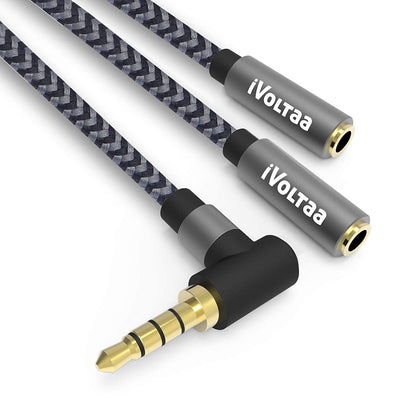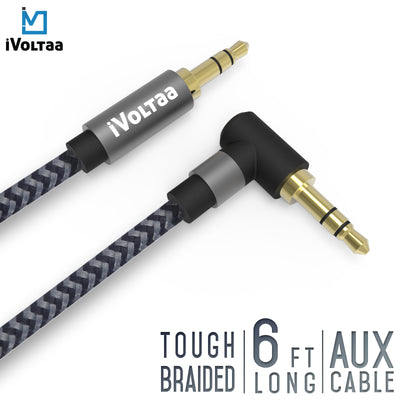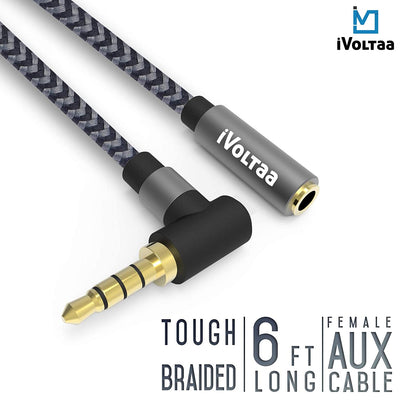HDMI vs. Type-C: Which One Should You Choose?
In the fast-paced world of connectivity, HDMI and Type-C are two of the most commonly used interfaces for transmitting audio and video. While both serve similar purposes, they have distinct differences that make them suitable for different devices and applications. Whether you’re connecting a monitor, TV, gaming console, or laptop, understanding the strengths and limitations of HDMI and Type-C can help you choose the right one.
What is HDMI?
HDMI (High-Definition Multimedia Interface) is a widely used interface for transmitting high-quality audio and video between devices like TVs, gaming consoles, monitors, and projectors.
🔹 Versions: HDMI 1.4, HDMI 2.0, HDMI 2.1 (latest)
🔹 Max Resolution: Up to 10K (HDMI 2.1)
🔹 Audio Support: Supports multi-channel audio
🔹 Devices: TVs, gaming consoles, monitors, projectors
Pros of HDMI:
✅ High-quality audio & video transmission
✅ Supports high resolutions & refresh rates
✅ Widely compatible with home entertainment systems
✅ No drivers needed – plug and play
Cons of HDMI:
❌ Larger connector size (not ideal for slim devices)
❌ Cannot transmit power (only audio & video)
❌ Limited device versatility compared to Type-C
What is Type-C?
USB Type-C (USB-C) is a versatile and reversible connector that supports video, audio, data transfer, and power delivery. It’s commonly used in modern laptops, smartphones, tablets, and docking stations.
🔹 Versions: USB 3.1, USB 3.2, USB 4.0, Thunderbolt 3 & 4
🔹 Max Resolution: Up to 8K (USB 4.0, Thunderbolt 4)
🔹 Audio Support: Supports audio and video transmission
🔹 Devices: Laptops, tablets, smartphones, monitors, docking stations
Pros of Type-C:
✅ Reversible design – easy to plug in
✅ Supports audio, video, data & power transmission
✅ Compatible with multiple devices
✅ Can replace multiple cables (HDMI, USB, power, etc.)
Cons of Type-C:
❌ Not all Type-C cables support video output
❌ May require adapters for HDMI-compatible devices
❌ Compatibility varies based on device specs
HDMI vs. Type-C: Key Differences
| Feature | HDMI | Type-C |
|---|---|---|
| Function | Audio & video only | Audio, video, data & power |
| Max Resolution | Up to 10K (HDMI 2.1) | Up to 8K (USB 4.0) |
| Device Compatibility | TVs, gaming consoles, monitors | Laptops, tablets, smartphones, monitors |
| Power Delivery | ❌ No | ✅ Yes (USB PD) |
| Reversible Connector | ❌ No | ✅ Yes |
| Adapters Needed? | ❌ No | ✅ Sometimes |
Which One Should You Use?
- For TVs & Gaming Consoles: Use HDMI for a direct, high-quality connection.
- For Laptops & Mobile Devices: Use Type-C for power, video, and data transfer.
- For Universal Connectivity: Type-C is more versatile, but HDMI remains better for home entertainment setups.
Final Verdict
Both HDMI and Type-C have their own strengths. If you need high-resolution video and audio for a TV or gaming console, HDMI is the best choice. However, if you want an all-in-one solution that supports video, data transfer, and charging, Type-C is the way to go.
At iVoltaa, we offer a wide range of high-performance HDMI and Type-C cables to enhance your connectivity. Explore our collection today and choose the right cable for your setup!
📢 Check out our HDMI & Type-C cables now!



